Alfa Romeo SZ Coda Tronca: The Art of Conservation
by Corrado Lopresto, Gautam Sen, Paolo Di Taranto
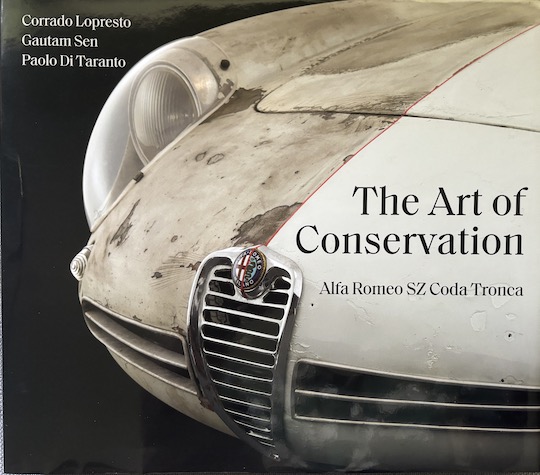
“What as the former FIVA President and the propagator of that concept of preservation, would be the message vis-à-vis this car? ‘As historic vehicle owners or enthusiasts, we are the custodians of mankind’s motoring heritage,’ says Patrick Rollet. ‘This gives us specific and important responsibilities towards future generations. We should think about it more and, following Corrado Lopresto’s way, act accordingly.’”
Unusual topic, unusual, car, unusual book.
In order: the why and how of preservation; Alfa Romeo’s prototype SZ; bilingual for what little text there is and otherwise a photo documentary. Also unusual: the publisher felt strongly enough about the topic to write the Introduction himself.
(English / Italian) This book revolves around the truism that “It’s original only once.” But if you decide not to restore, you also cannot leave the car in the condition you found it, because . . . entropy, aka the gradual and unstoppable decline into ever increasing disorder. Ergo, arresting further deterioration is increasingly, if belatedly considered an appropriate choice. The authors are all deeply involved in the global concours scene, as judges, participants and advisors, so them positioning this approach as “diametrically opposed to Pebble Beach standards” carries weight. [1]
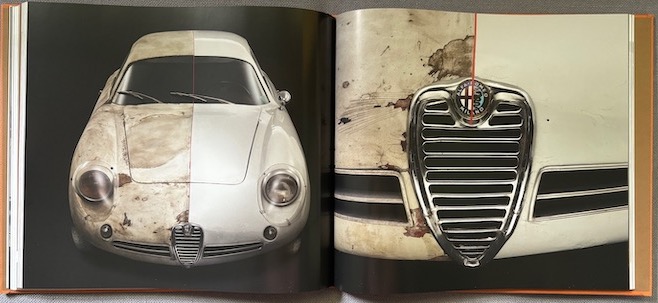
Wash Me! Well, you couldn’t if you wanted to—every smudge and speck of dust on the left side is covered with a coat of transparent lacquer. The right side has been touched up but in a way that clearly shows the intervention.
The 1961 Alfa Romeo prototype SZ chassis 00170 presented here is often referred to as the “half and half” because the left half of the car is preserved to one set of criteria and the right half to another. If this strikes you as peculiar you may think this car raises questions that not many are asking, not because of any intrinsic de/merits of the paradigm, or people’s lack of imagination, but simply because there is just about no precedent, certainly not at this level.
For Italian heavyweight car collector Corrado Lopresto, whose focus is on prototype and first production cars, this is not a new question, and over the years he has worked out different answers, depending on the condition and historic importance of the car he’s working on. The approach discussed here is definitely original.
For some people, leaving a car in as-found condition is simply an excuse not to spend any money on it, something that Lopresto never found acceptable, not even when he first started out in 1979, all of 23 years old. The lessons learned then, about research, authenticity and documentation, in time only became more ordered and expansive, resulting in accumulating an archive as impressive as the cars themselves. Trained as an architect he would have found similar challenges in that field too so he is uncommonly well practiced in giving thought to these matters. The book touches on the basics of his life and philosophy in sufficient detail to give an impression of him but a whole lot more can be found in the 2022 book LOPRESTO. The Art of Keeping Alive the Art of a Great Collector of Italian Classic Cars (Bruno Editore, ISBN 979-1255180296).
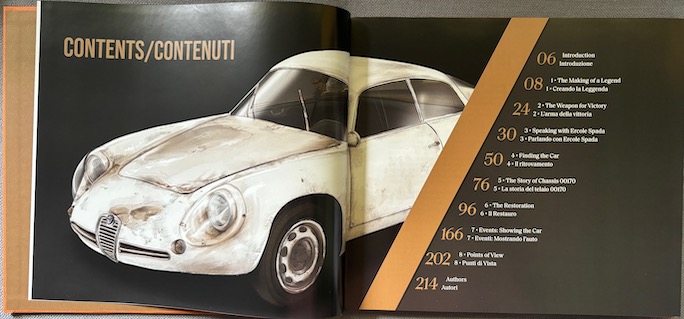 The three named authors each take on specific chapters; they are joined by two additional contributors, Michele Casiraghi (coachwork specialist) and Indian illustrator Pallavi Naskar. The lion’s share of the writing falls to lead author Sen, including a 2022 interview with Ercole Spada (b. 1937), designer of the Coda Tronca style and at the time Zagato chief stylist.
The three named authors each take on specific chapters; they are joined by two additional contributors, Michele Casiraghi (coachwork specialist) and Indian illustrator Pallavi Naskar. The lion’s share of the writing falls to lead author Sen, including a 2022 interview with Ercole Spada (b. 1937), designer of the Coda Tronca style and at the time Zagato chief stylist.
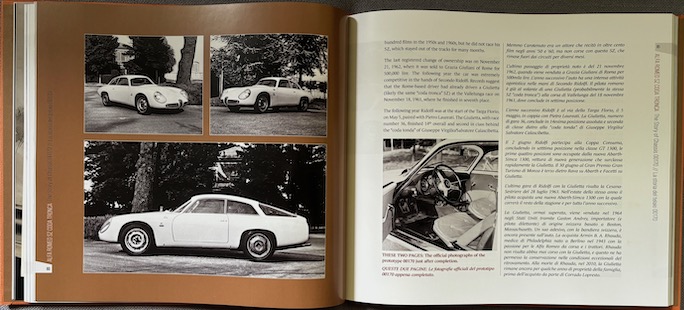
To establish context, the book proper begins with a brief rundown of Alfa Romeo models and personnel, the principal purpose here being to fast-forward the story into the postwar years and Alfa’s search for renewed relevance with the Giulietta family of cars. The genesis of the SZ series and the sporting records of this model are discussed (it “influenced the shape and performance in its field for decades to come”) and then Paolo Di Taranto, who had started out at Zagato in his early twenties, relates how a car that had gone to ground some five decades earlier came to light in 2014, the first stirrings of wondering if this was the prototype (to complicate matters, 00170 had started life as a late coda tonda before being shortened into the coda tronca version), the forensic effort to establish its identity, and Lopresto’s involvement from early on. You’ll have to set the rev limiter on your page-turning hand because this is riveting stuff!
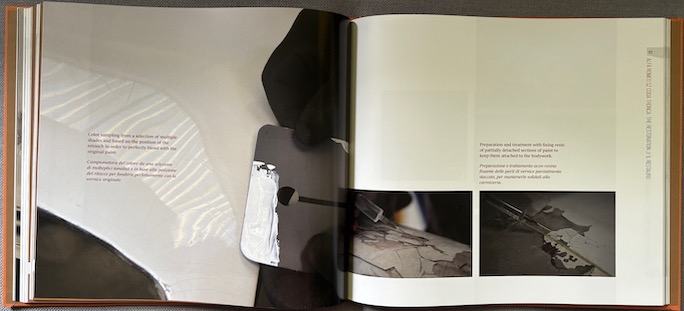
The longest chapter, some 70 pages, depicts the restoration and is introduced by Lopresto. If you’ve never seen resin dribbled out of a syringe to anchor every single flake of crumbling paint (above), prepare to be surprised! Obviously, the car’s introduction on the show circuit is covered and you will see it in different stages prior to becoming the “half and half.”
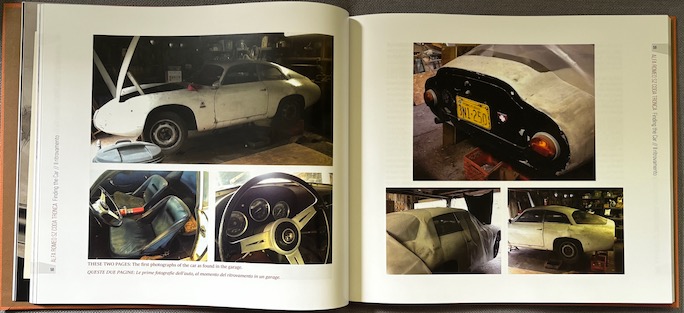
Given the text to photo ratio there is no Index, nor need for one. Unusual for a Dalton Watson book, the coating of the paper shows every !@#$% fingerprint on a dark photo.
If you’re looking for a good book, this is one, you can stop reading now.
The below remarks have nothing to do with the merits of the book but are necessary for those who actually own or work on important artifacts:
All of the above could simply be seen as a record of one man’s way of doing things. To put a floor under that and establish the wider context of FIVA and UNESCO World Heritage efforts, the book begins and ends with some theoretical concepts, in particular the distinctions between conservation and restoration (obvious enough) but also preservation and conservation (not so much). Much more clarity is needed here to get everyone on the same page.
Titled “Points of View” the last chapter introduces several FIVA voices; it is presented as a Q&A—and suffers all that format’s shortcomings, namely that the conversation goes where it goes. Unless edited or contextualized, this is bound to result in unintended vagueness. Consider: current FIVA chief Tiddo Bresters is quoted at length, saying, for instance, “FIVA should never set the rules on this matter but provide guidance about the different interpretations” only to sharpen the point a few sentences later, “with every vehicle the goal should be to define what is minimally necessary to bring the car to such a condition that it can be used for its original purpose: use on public roads or racing tracks, while giving the impression that it is well maintained and that the objective is to preserve the vehicle.” Every vehicle has to be drivable?? Where does that leave, for instance, the late Peter Mullin’s 1925 Bugatti that was fished out of a lake after 70 years and can barely stand upright?
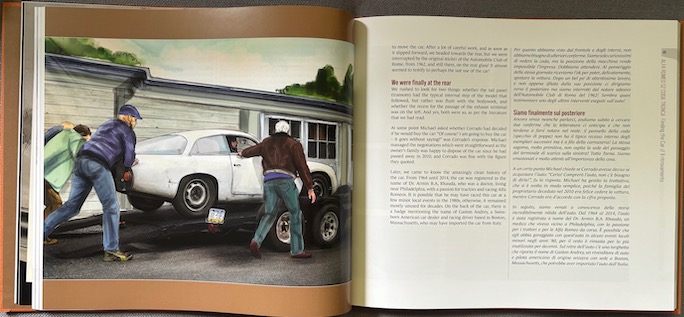
Here one of the 11 illustrations by Pallavi Naskar.
[1] The times they are a-changin’. . . in a historic first, the 2024 Pebble Beach Concours named a car in the Preservation Class its Best of Show winner (1934 Bugatti Type 59 Sports presented by Fritz Burkard of The Pearl Collection in Zug, Switzerland).
Copyright 2024, Sabu Advani (Speedreaders.info)


 RSS Feed - Comments
RSS Feed - Comments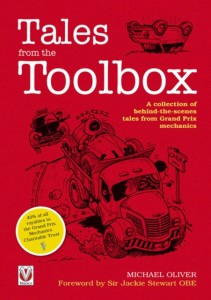

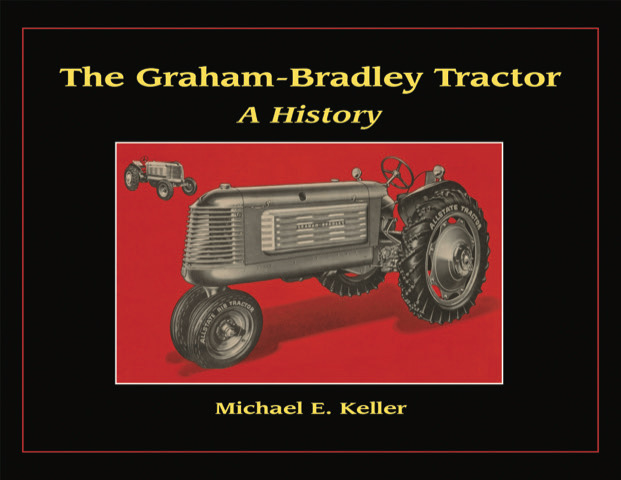

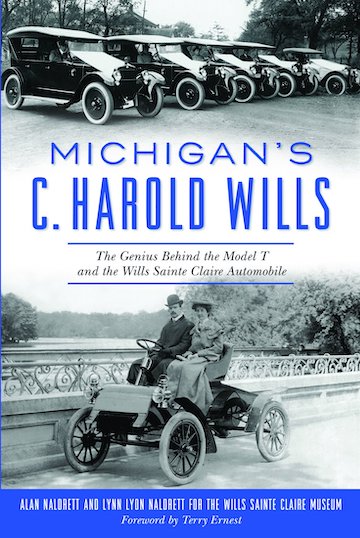


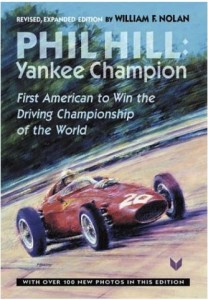
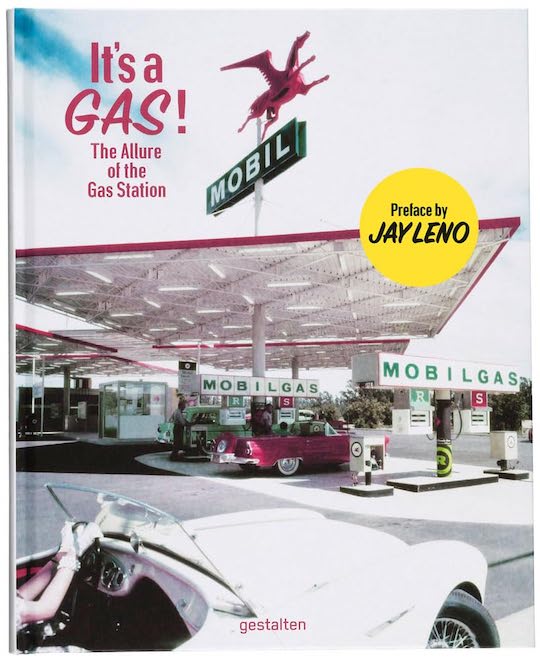
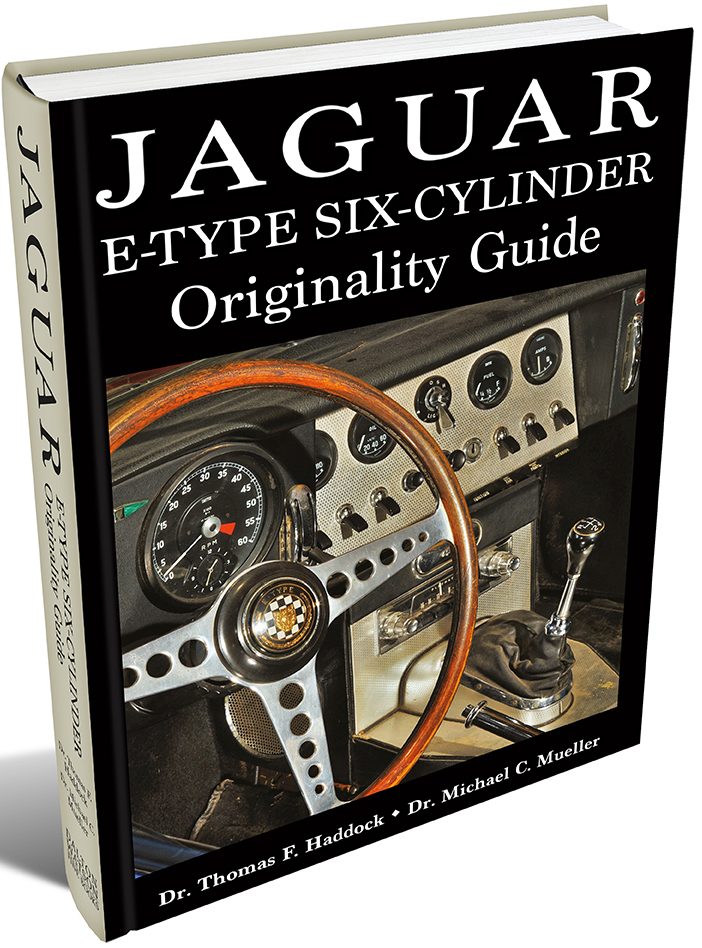
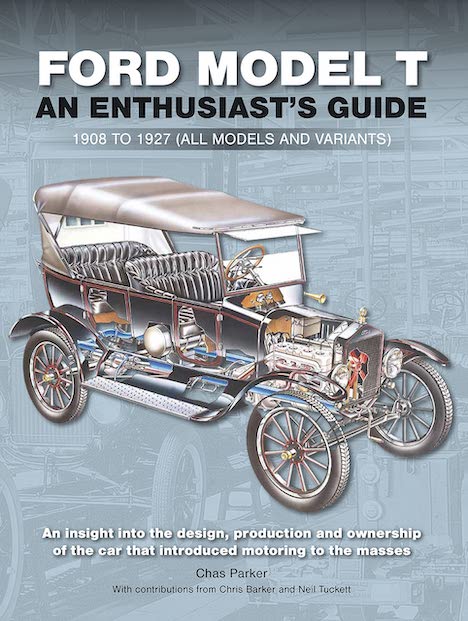
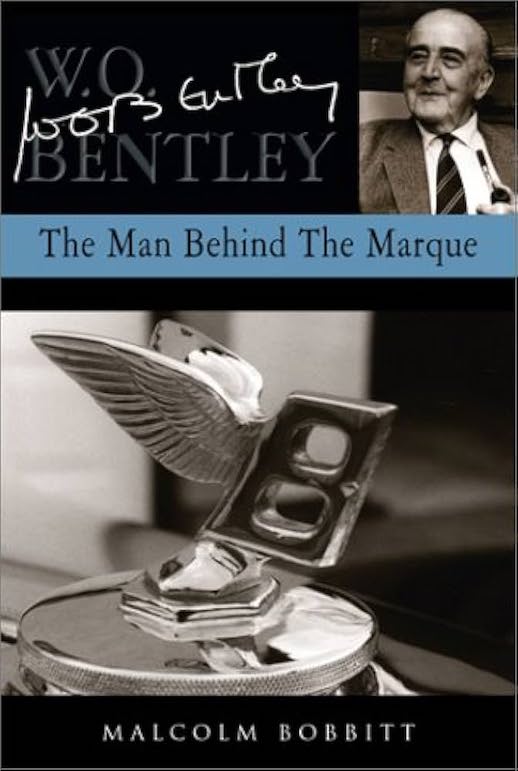
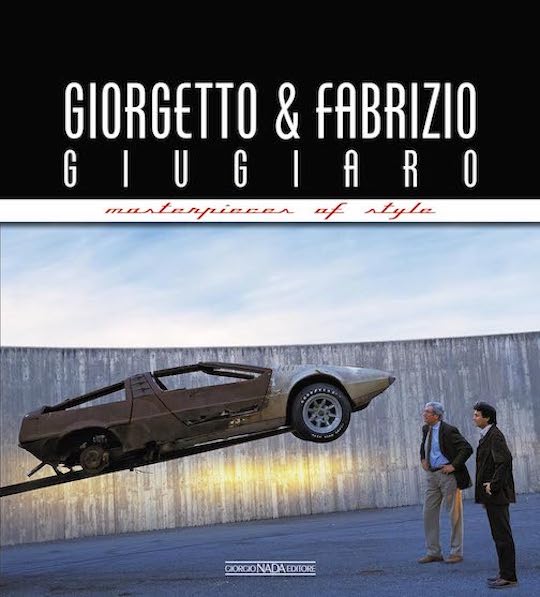
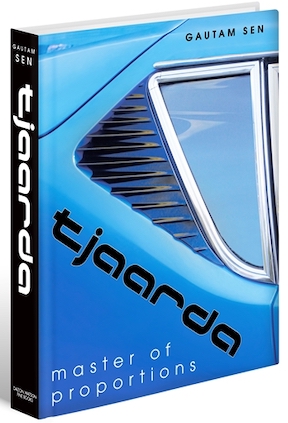

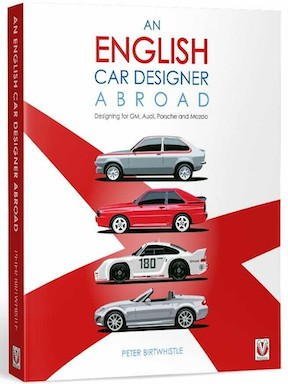
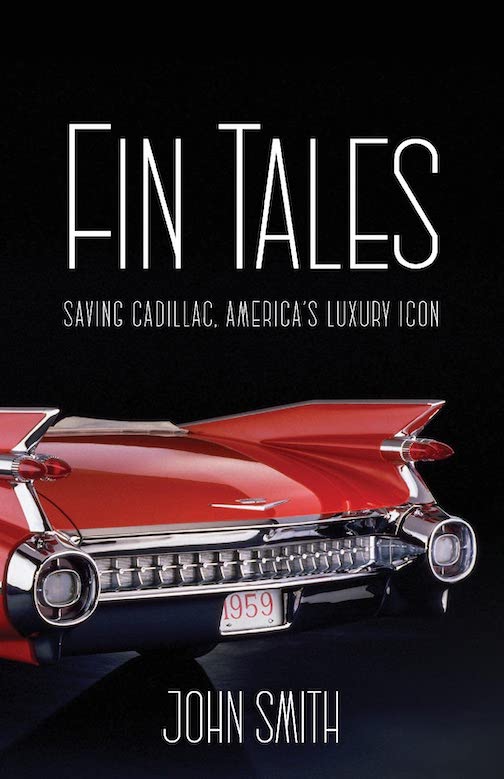
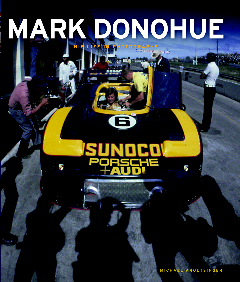
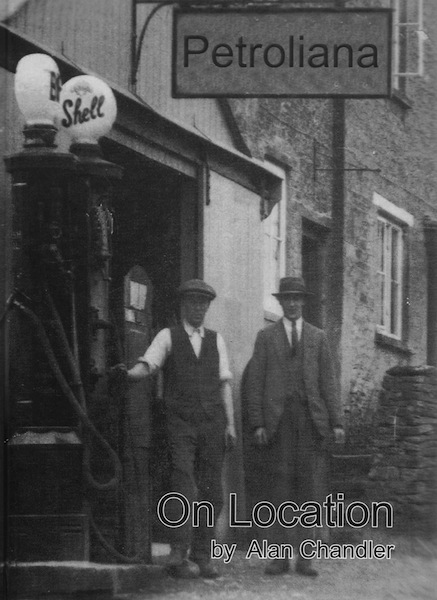

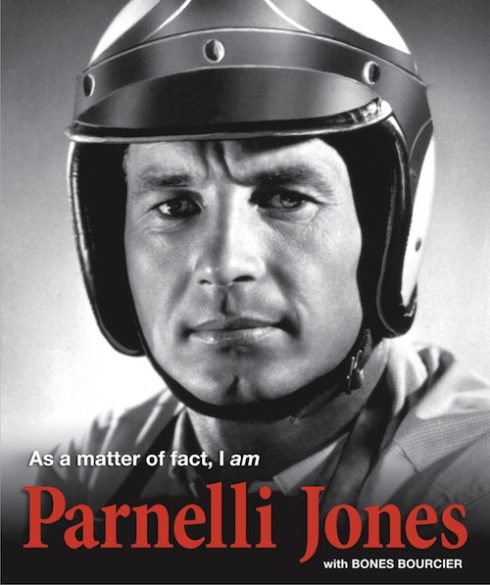
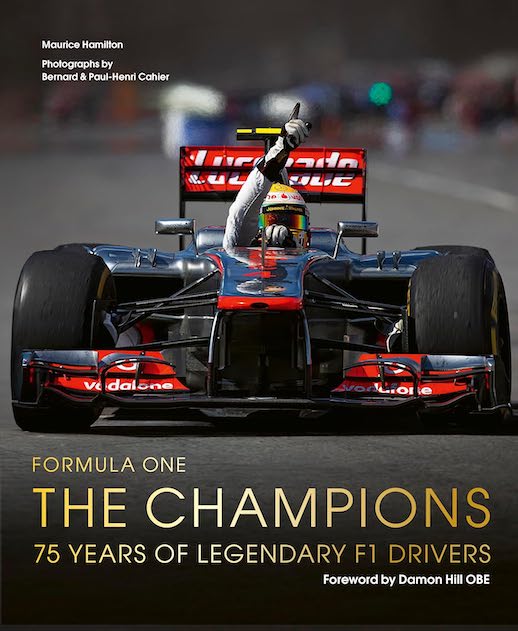
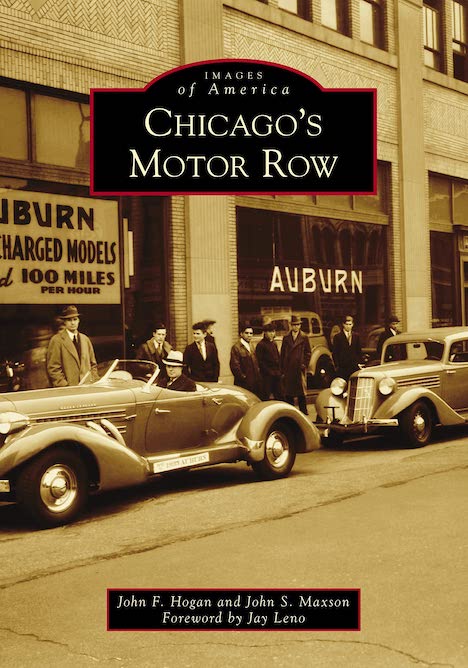
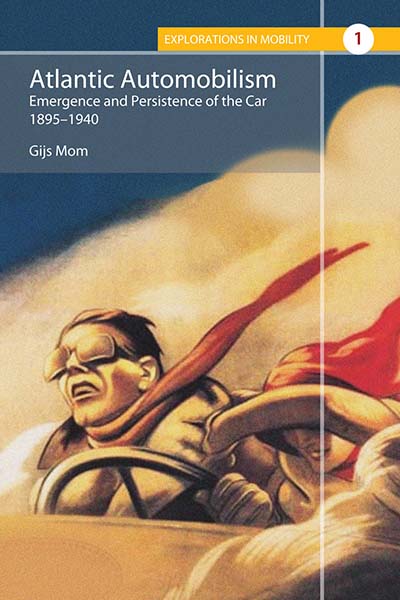
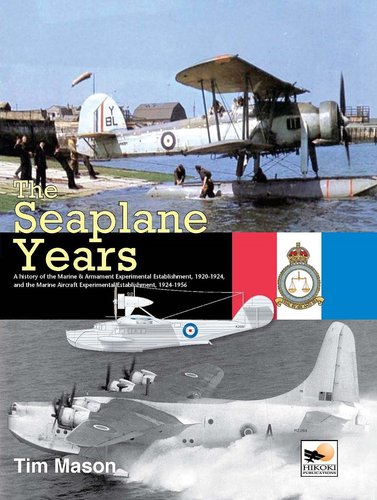
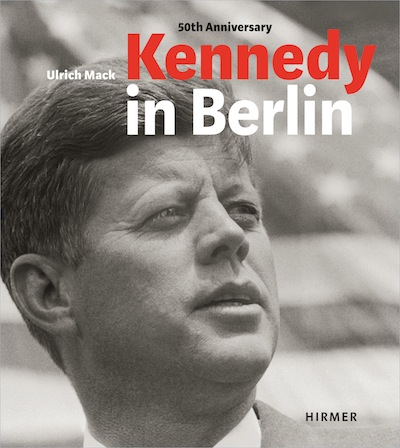

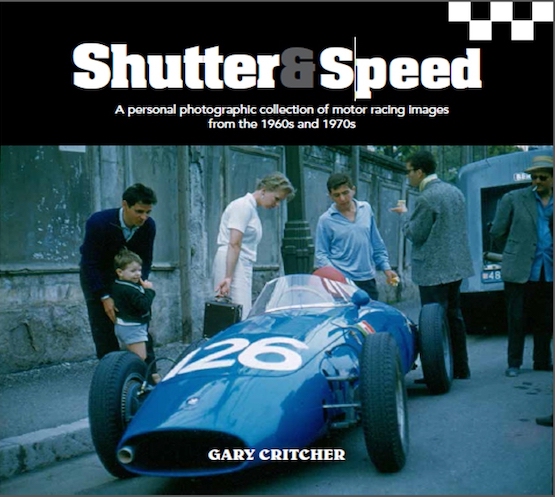


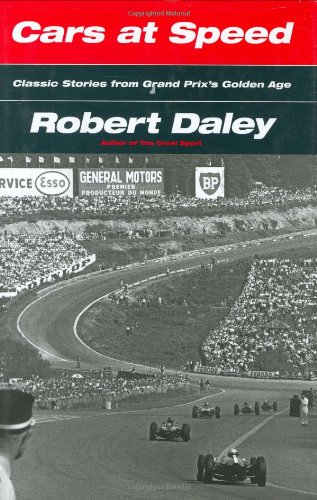
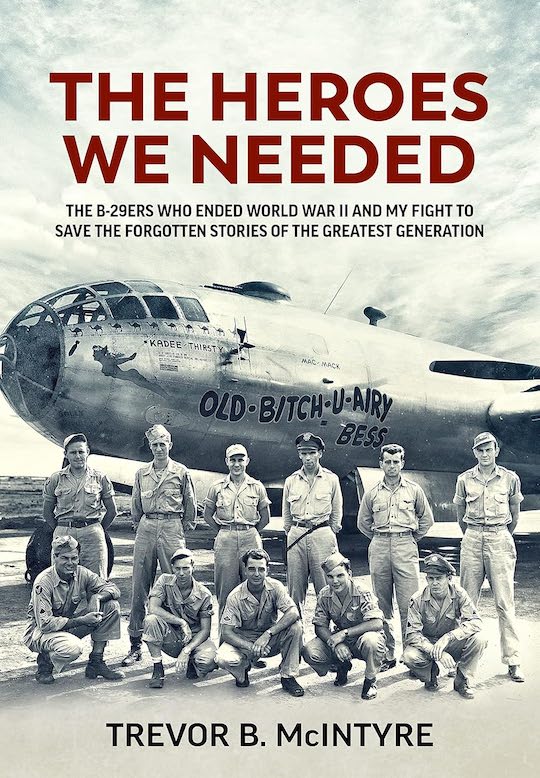

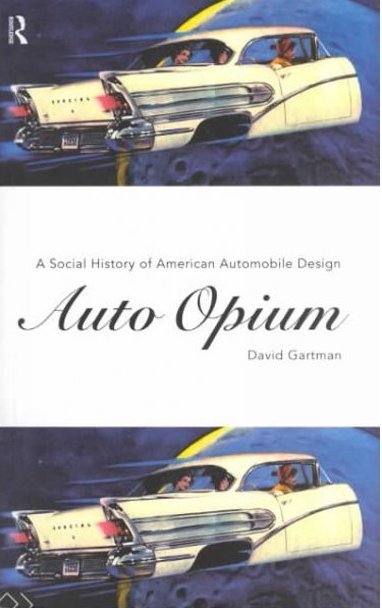
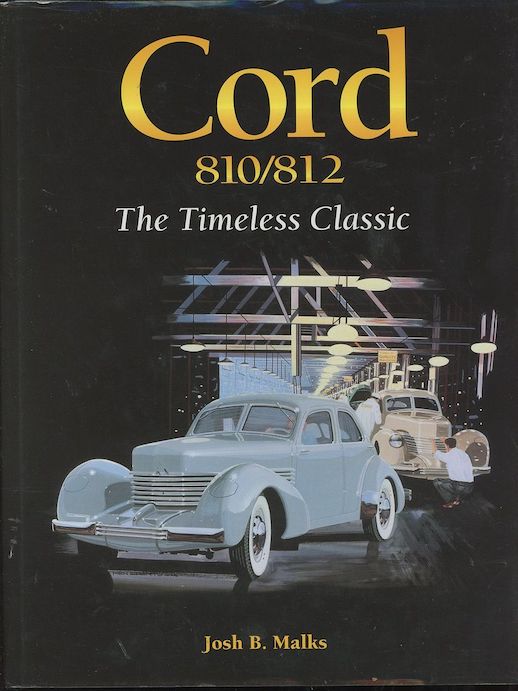

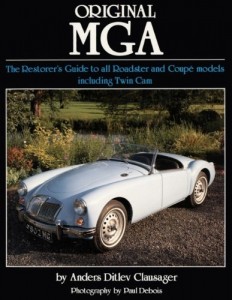
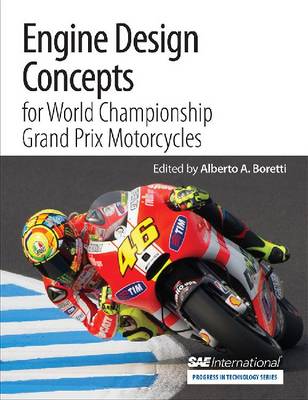
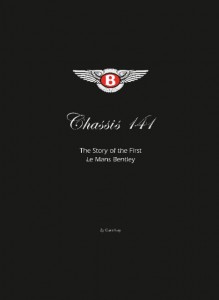
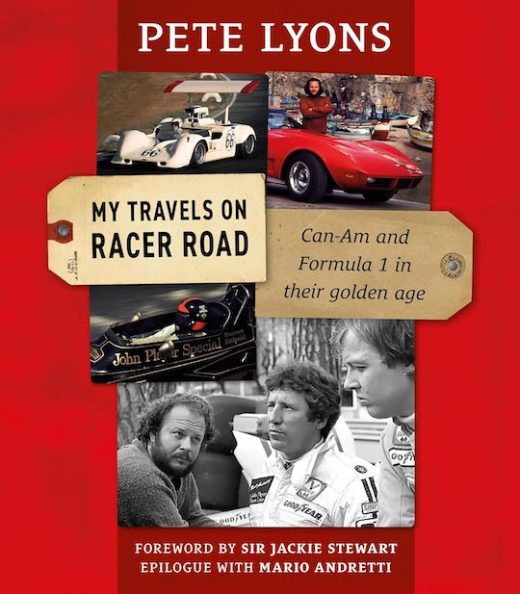
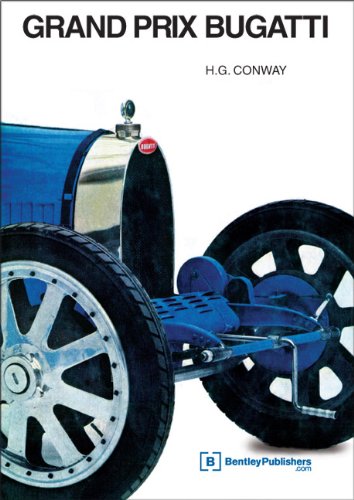
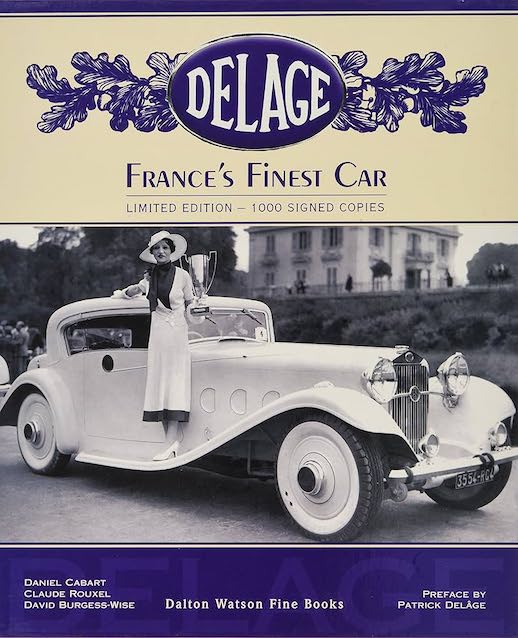
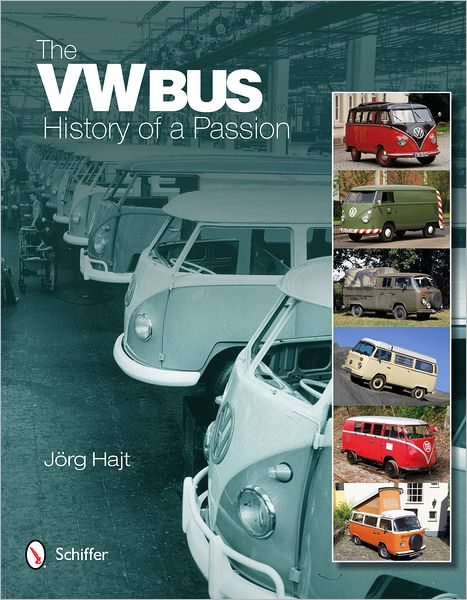
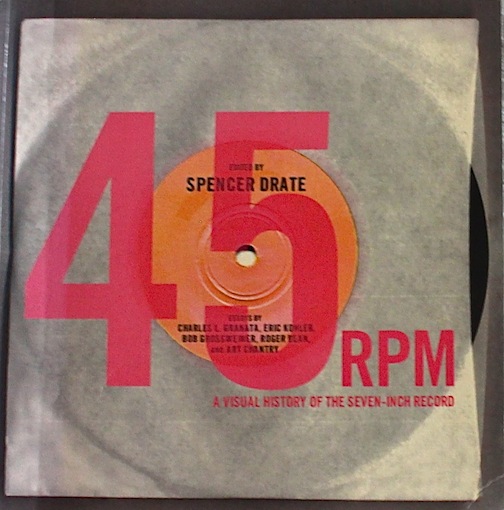

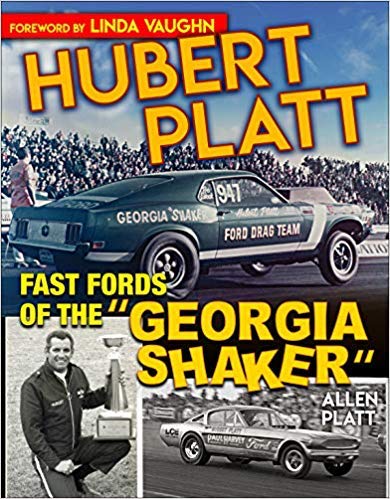

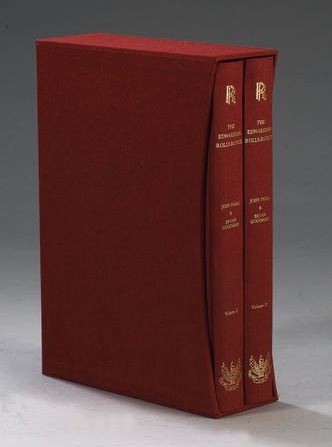

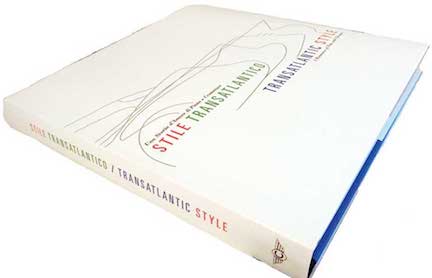
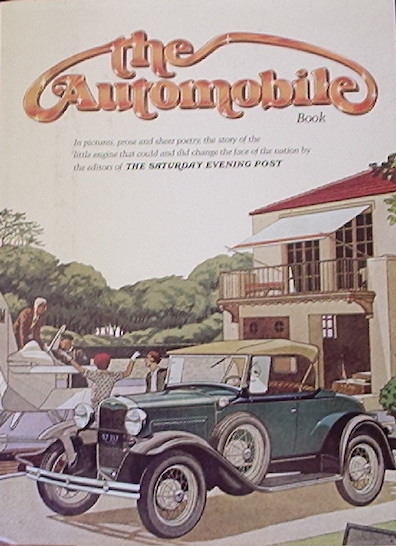

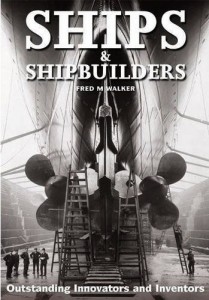

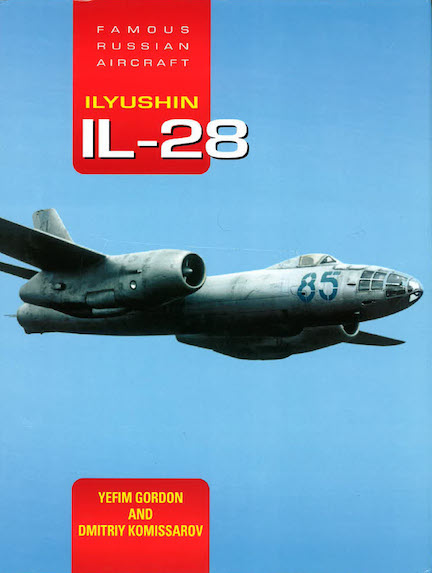
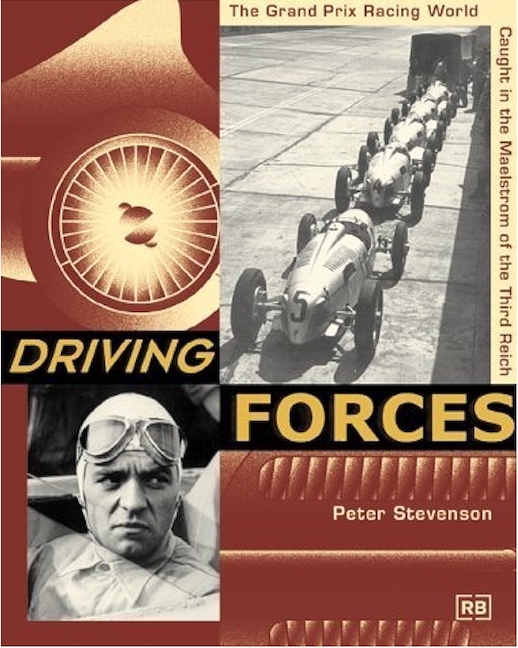

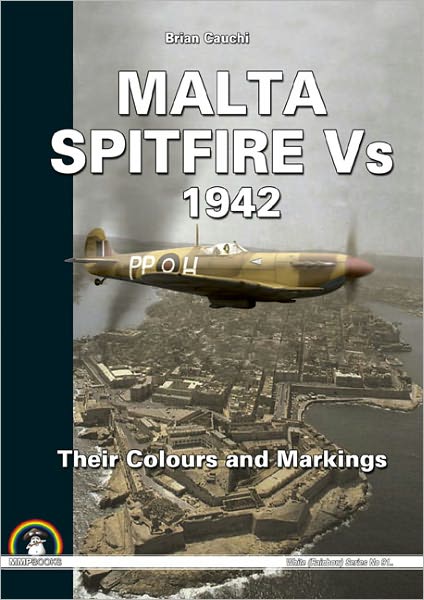
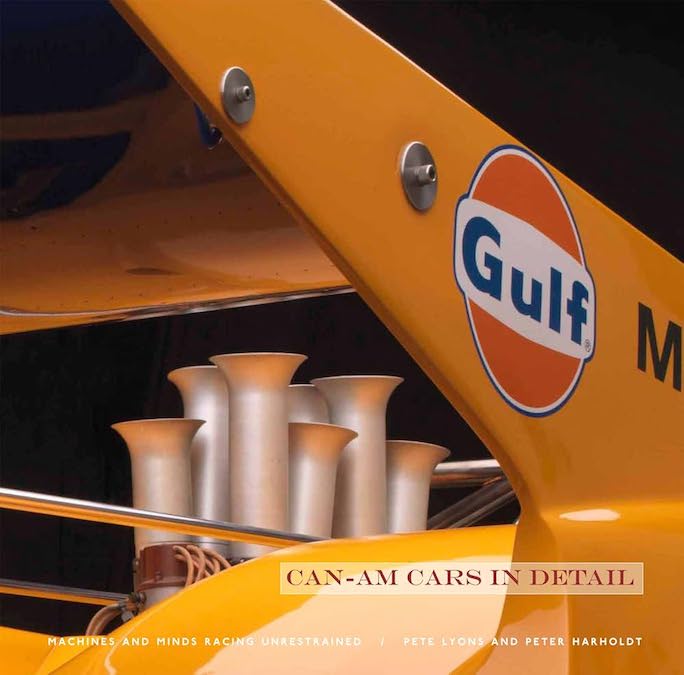
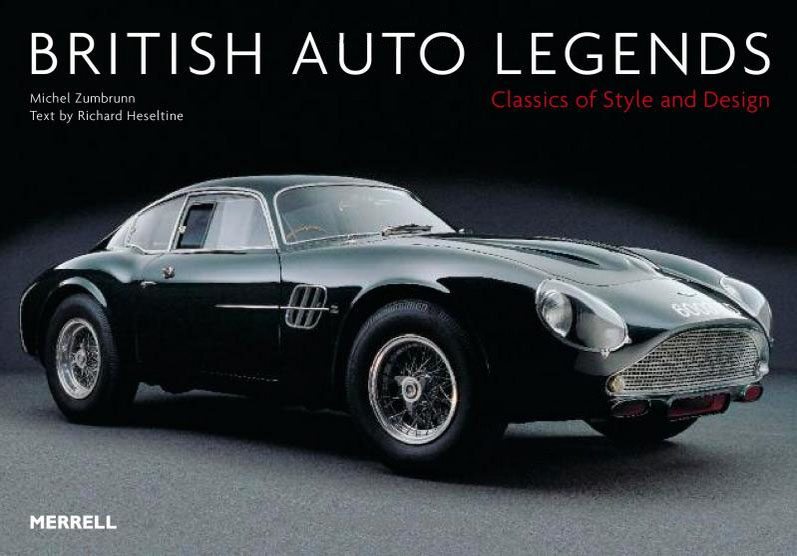
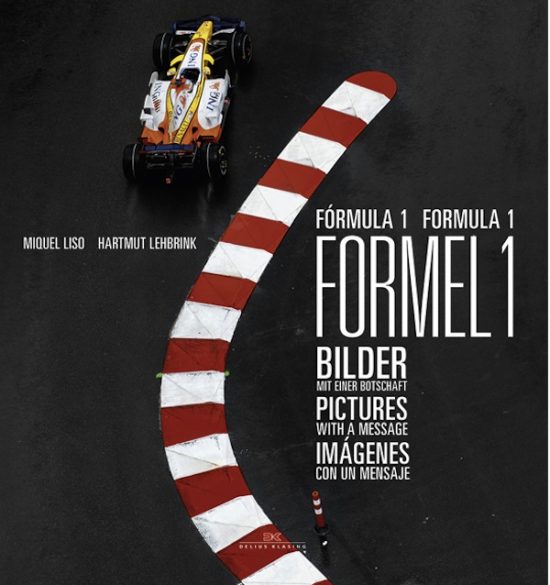
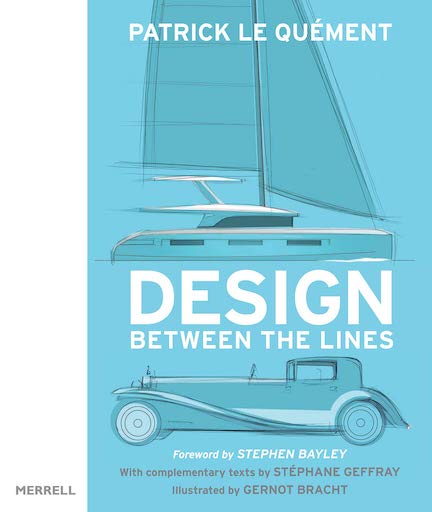
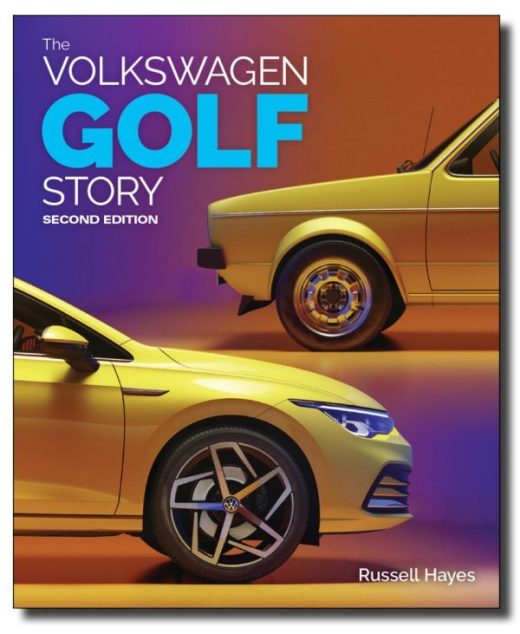


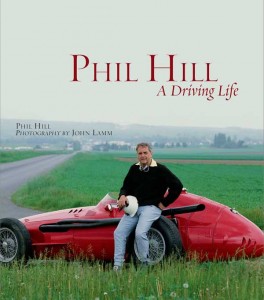
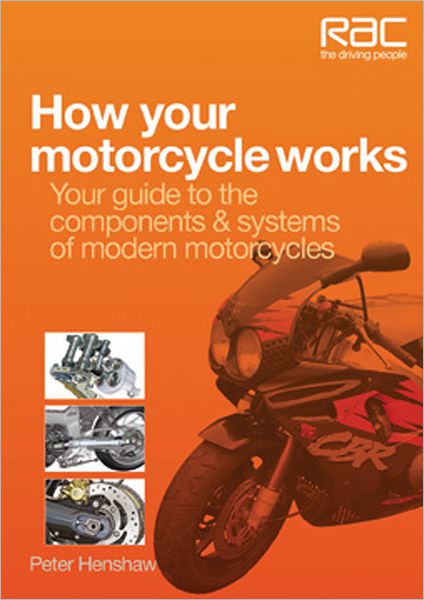
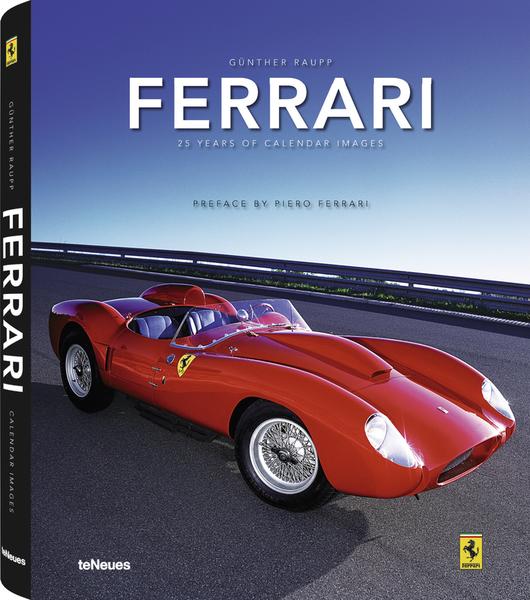
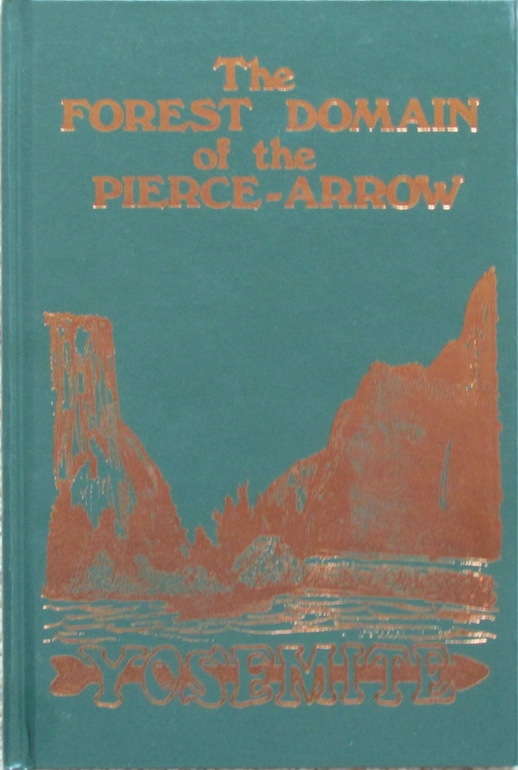
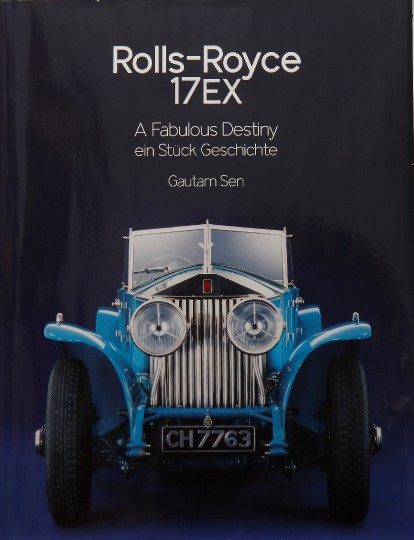

 Phone / Mail / Email
Phone / Mail / Email RSS Feed
RSS Feed Facebook
Facebook Twitter
Twitter